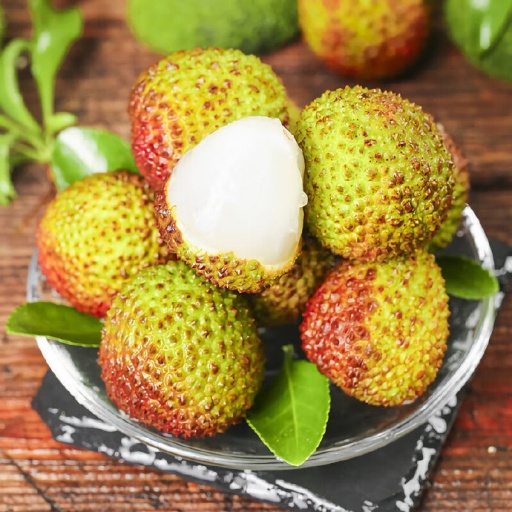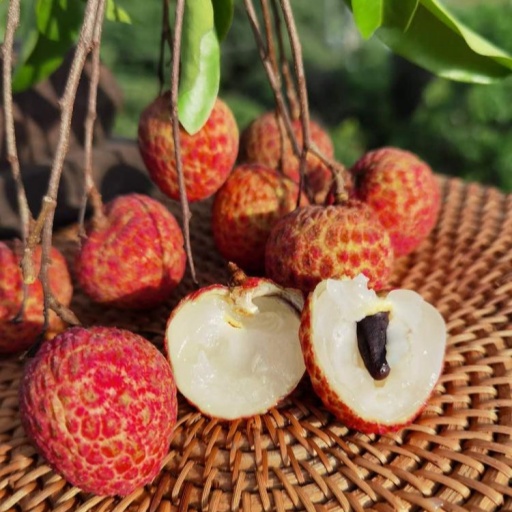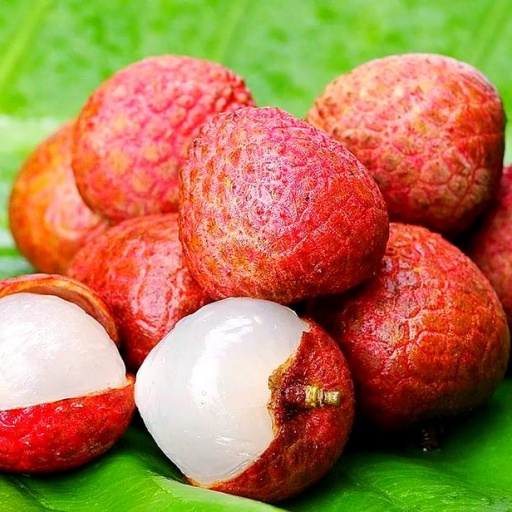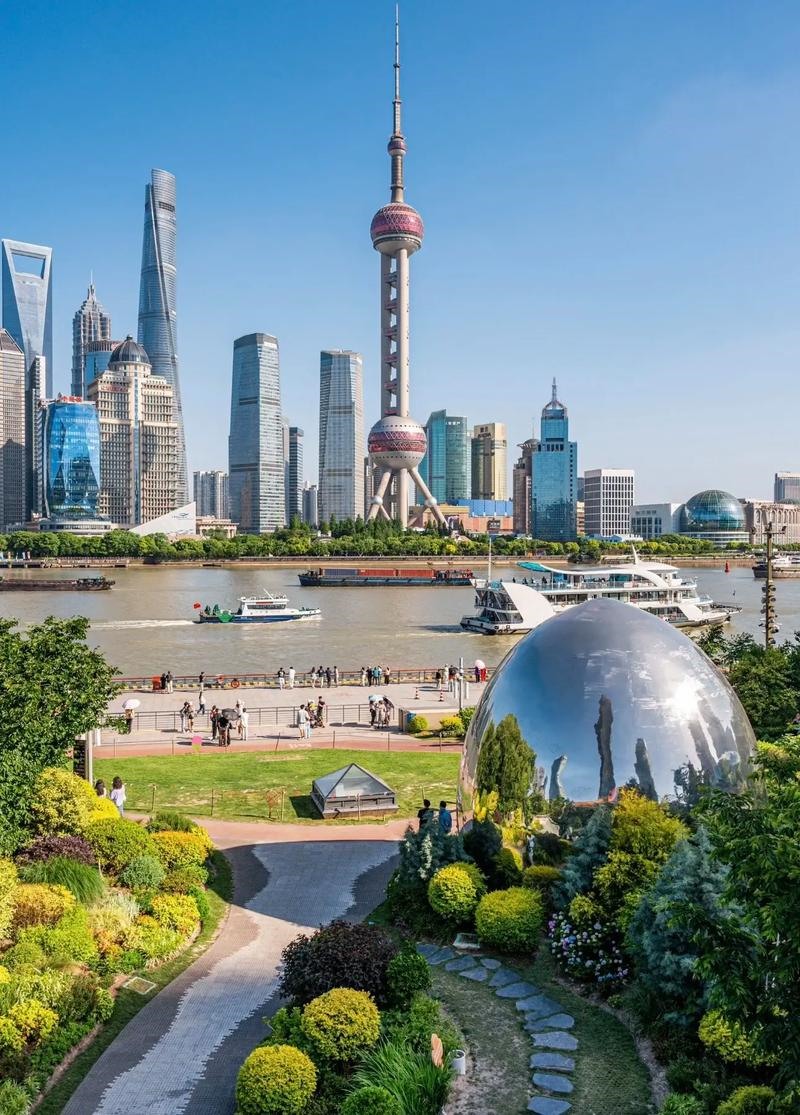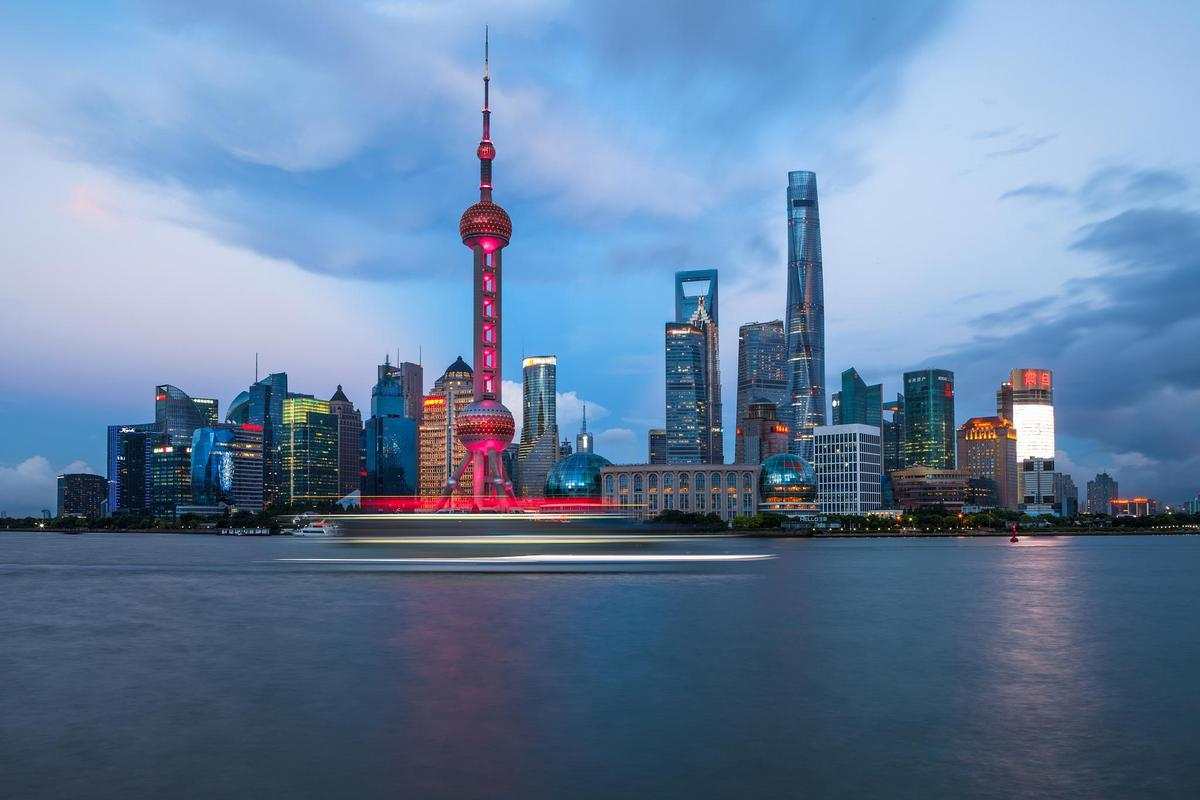In Chinese legend, litchis were once so precious that emperors sent horses galloping across the empire to bring them to their favorite consorts. Fast forward to now, and china litchi still feels like a fruit worth chasing—but the good news? You don’t need royal status or a caravan. Just a few bucks and the right train ticket. In July, these red-skinned, sugar-loaded gems show up everywhere—from roadside baskets in sleepy towns to sticky-fingered street festivals that smell like roasted peanuts and sweet pulp.
They’re cheap. Shockingly cheap. For the price of a bottle of water, you can eat ten. And they taste like summer condensed into one bite—cold, floral, and just a little wild. This article takes you deep into the litchi heartland, where ancient orchards meet loud parades, and locals will still hand you one “just to try.” If you’re coming to China in 2025 and want something unforgettable, messy, and delicious? China litchi might just be the best thing you didn’t know you needed.
Looking for more ways to beat the heat? Don’t miss this handy guide on how to cool off in summer in China.
Why China Litchi Captures Hearts and History?
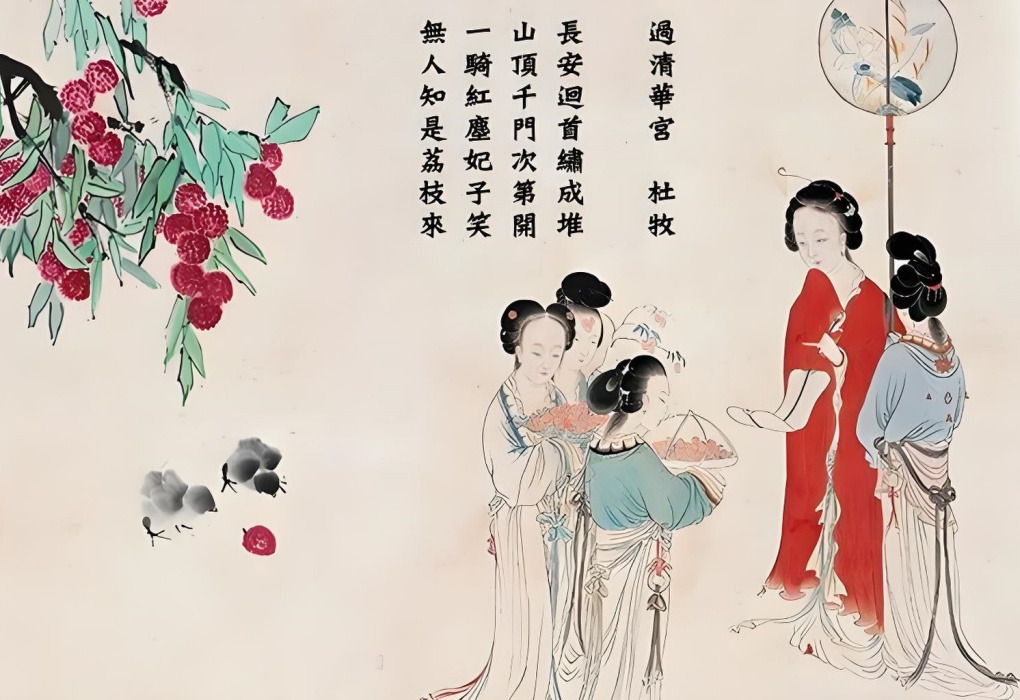
Yang Guifei Eating Litchi
The Fruit of Romance in Chinese Culture
If you ask any local in Guangdong what fruit defines summer, you’ll likely hear “litchi” before you even finish the sentence. But china litchi isn’t just about flavor—it’s tied to love, poetry, and ancient obsessions. Imagine if strawberries in the West carried the same weight as red roses on Valentine’s Day. That’s the cultural pull of litchi in China. And no story shows this better than the tale of Emperor Tang Xuanzong and his favorite consort, Yang Guifei. She adored fresh litchis so much that he organized a high-speed horse relay from southern China just to deliver the fruit before it spoiled. That’s love—dynasty-level logistics included.
Fast forward over a thousand years, and litchis still play a role in local customs. In southern homes, you’ll often find litchis offered during summer ancestral rituals or family reunions. Their red skin symbolizes prosperity, and their sweetness hints at good fortune. Kids grow up cracking them open in backyard baskets; adults toast them in summer banquets. Even in today’s urban life, these little fruits spark.
From Imperial Courts to Poetry Scrolls
Centuries ago, china litchi was more than a fruit—it was a status symbol. Only those with connections to the imperial court or southern trade routes could enjoy them fresh. In the Tang and Song dynasties, litchis were often tribute items, handpicked and presented with elaborate ceremonies. Some emperors even had them listed as annual court requirements. That kind of bureaucratic love doesn’t happen for just any snack.
In ancient Chinese bureaucracy, a tribute system called “gongpin” determined what provinces sent to the capital. For Guangdong, the litchi was as iconic as jade or silk. Officials marked the ripening season as a logistics priority. Historical records show that litchis were packed in layers of leaves and wax to slow down spoilage during long-distance transport—think of it as the ancient version of dry ice shipping.
Beyond logistics, china litchi appears in countless works of art. Scroll paintings from the Ming dynasty show women holding litchi bowls in elegant gardens. In poetry, it’s often used to signify brief beauty—sweet but fleeting. In fact, the phrase “一骑红尘妃子笑” (A single rider in red dust brings a smile to the consort) directly refers to that famous emperor’s delivery of litchis. So when you peel one open today in a Guangzhou fruit stall, you’re not just tasting juice—you’re tasting legacy.
Where the Best China Litchis Grow?
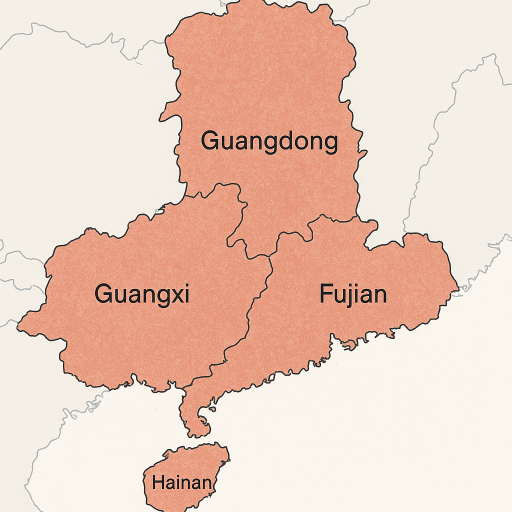
Top Growing Regions in South China
Top Growing Regions in South China
If you want to taste the real thing, head south. China litchi grows best in warm, humid areas near rivers and hills. The most famous regions? Guangdong, Guangxi, and Fujian. In particular, cities like Zengcheng, Maoming, and Litchi Bay in Guangzhou are legendary among fruit lovers. Their climate, red soil, and subtropical sunshine give litchis their signature sweetness. Some locals even say, “If it didn’t come from Zengcheng, it’s just pretending.”
What makes these places so ideal? For one, they don’t have frost in winter. That’s crucial. Litchis need a cool rest season—but not freezing temperatures. Add to that stable spring weather and good rainfall, and you’ve got litchi heaven. Rivers like the Pearl River also help, as the air stays moist during fruiting season. You won’t find that balance in many other parts of the world.
If you're traveling, these places are surprisingly easy to reach. Guangzhou is a high-speed rail hub and has an international airport. From there, day trips to Zengcheng or Maoming are simple. Litchi festivals happen in June and July, with guided orchard tours and local fruit tastings. Many hotels in these cities now accept foreign guests, and staff at major orchards often speak some English—or at least have picture menus.
From Mountain Orchards to Riverside Farms
Not all china litchi farms look the same. Some spread across hilly terraced fields, others sit beside slow-moving rivers. In places like Maoming, trees cover entire slopes, forming green waves against red soil. Elsewhere, like in Pingnan County (Fujian), small family farms grow ancient varieties along quiet riverbanks. You can even see litchi trees growing near temples or in people’s courtyards—it’s that woven into local life.
These landscape differences affect flavor too. Mountain-grown litchis often have a firmer bite and more floral aroma, while riverside ones taste juicier and sweeter. Farmers have known this for centuries. In fact, some orchards are over 500 years old and still productive. Locals swear certain slopes grow the best “feizixiao” (Concubine Smile), while others favor rare types like “nuomici” (glutinous rice litchi).
If you're the adventurous type, ask about farm stays. Some orchards let you sleep on-site, pick your own fruit, and enjoy litchi-themed meals. Expect basic accommodations but real charm. Prices range from 150–300 RMB per night, and most allow foreign bookings. It’s not luxury—but it’s the kind of memory you'll bring home more than any souvenir.
How China Grows, Picks, and Protects Its Litchis?
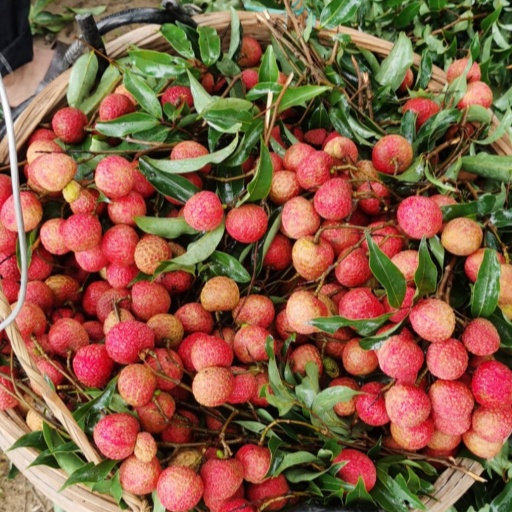
Freshly Picked Litchis
Traditional Techniques Meet Modern Science
The magic of china litchi begins long before it hits your plate. Farmers in South China don’t grow these fruits the way apple growers do in the West. Instead of grafting or starting from seed, many use a 400-year-old method called air layering. It’s slow, hands-on, and looks like bonsai surgery. A branch is stripped, wrapped in moist soil, and left to root while still attached to the tree. Once roots appear, they cut and plant it. This method guarantees the next tree has the same sweet DNA as its parent.
Modern science didn’t replace this—it joined forces. Today, big orchards monitor humidity and soil acidity with sensors. They test for sugar content before harvest. Some use drones to check for pests, and others use QR codes on each box so you can trace the orchard. That’s right—one scan and you’ll know where your litchi came from. This tech makes sure the fruit meets both local flavor standards and global export safety checks.
Still, tradition matters. Local farmers know which tree matures early, which needs shade, and which slope gets the right amount of dew. That kind of insight isn’t found in lab data. It's passed down through families. In some villages, you’ll hear stories of grandfathers naming individual trees. Growing china litchi here is part tech, part instinct, and all heart.
Picking and Shipping: The Summer Race
Here’s the thing about china litchi—it doesn’t wait. Once ripe, it has a shelf life of just a few days. That means every June, farmers and shippers race against the clock. At 5 AM, workers climb ladders and start snipping fruits still on their twigs. No shaking the trees. No shortcuts. The litchi’s skin tears easily and bruises fast, so everything is done by hand. If you see workers wearing gloves and whispering—yes, it’s that delicate.
Next comes the packing marathon. Fruits go into ventilated foam crates, sometimes with ice packs. For top-tier ones, farmers clip them into bunches like bouquets. In places like Maoming and Zhanjiang, refrigerated trucks line up outside orchards during the peak week. If you buy litchis online in China, chances are they’re delivered via same-day express—a system designed just for this fruit.
International shipping is more complex. Only a few select varieties like “Feizixiao” meet export standards. They get extra sorting, post-harvest treatment, and must pass China’s customs and quarantine rules. Still, you’ll now find fresh litchis in cities like Bangkok, Dubai, and even parts of Europe in summer. But trust us: the best way to eat china litchi is still to buy it from a local stall, peel it under a tree, and let the juice run down your wrist.
Tasting China Litchi: From Orchard to Kitchen
- Feizixiao
- Nuomici
- Guiwei
Flavor Notes and Famous Varieties
Peel open a china litchi, and the scent hits you first—part floral, part honey, maybe a hint of wild rose. The texture? Like peeled grapes, but firmer, silkier. If you've only ever tried canned litchi from a buffet line, you're in for a shock. Fresh china litchi is a completely different experience. Locals don’t even call it “fruit.” They say, “It’s like eating perfume.” It sounds dramatic—until you try one.
China grows dozens of litchi varieties, but three dominate conversations. “Feizixiao” (Concubine’s Smile) is the queen: thin skin, big flesh, barely any seed. Then comes “Nuomici,” literally meaning glutinous rice litchi. It’s smaller, but incredibly sweet—almost sticky inside. Finally, there’s “Guiwei,” or cinnamon flavor litchi, with a floral twist and chewy texture. Each has its own fan club. In Guangzhou, you’ll see people lining up at 7 a.m. for their favorite batch.
What’s fascinating is how different regions shape taste. A “Feizixiao” from Zengcheng tastes lighter, brighter than one from Hainan. Local humidity, sunlight hours, and even the river nearby influence how sweet or firm the flesh feels. This is terroir—but for fruit. It’s why locals buy from “their” litchi seller every year. They’re not just buying litchis. They’re buying a specific flavor memory, one that only china litchi can offer.
Culinary Uses in Local Chinese Cuisine
Litchi isn’t just eaten raw. In Chinese kitchens, especially in Guangdong, it shows up in dishes that might surprise you. Ever tried litchi duck? It’s a sweet-and-savory stir-fry where the juicy fruit balances rich meat. Or litchi prawns—lightly fried shrimp tossed with chilled litchi and a drizzle of vinegar. It’s like summer served cold. Some high-end restaurants even infuse litchi into sauces, pairing it with foie gras or crispy fish skin.
Then there’s dessert. Forget Western-style tarts. In China, litchi often stars in chilled soups, herbal jellies, and syrup-soaked sweets. One popular combo is litchi with snow fungus and lotus seeds—a blend believed to cool the body and brighten the skin. Street stalls turn it into popsicles, smoothies, or shaved ice topped with condensed milk. It’s not just a flavor—it’s a summer survival tool.
And of course, drinks. From fancy hotel lounges to alleyway bars, you’ll find china litchi in cocktails, teas, and bubble drinks. Litchi mojitos? Yes. Jasmine-litchi cold brew? Even better. The fruit’s natural sugar and fragrance make it perfect for infusions. Even Starbucks China had a limited-run “litchi oolong frappuccino” in July. It sold out in days. That’s the kind of demand this little fruit creates.
Litchi Travel Tips and Surprising Facts
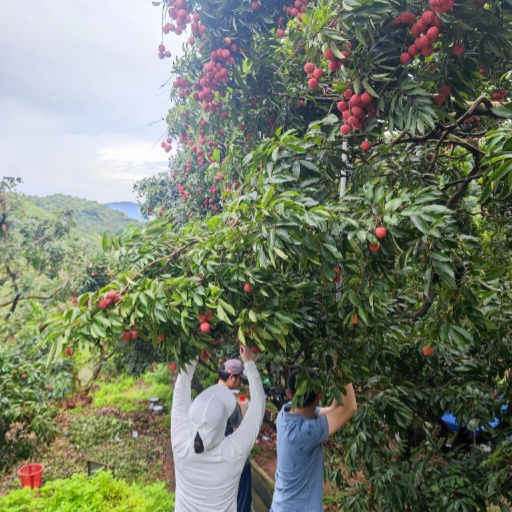
U-Pick Litchi Farm
Where Tourists Can Pick and Eat Fresh Litchis
If you’ve ever dreamed of plucking fruit straight off a tree, juice dripping onto your arm, somewhere warm and green and kind of chaotic—China in June might be your moment. China litchi season hits fast and hard, especially around Guangdong. In places like Zengcheng or Gaozhou, you’ll see roadside stalls every 200 meters, with hand-painted signs and baskets that don’t even bother with price tags. You just stop, ask how sweet they are today, and maybe get handed one to try before you say anything else.
Some orchards let you in. Not all, but enough. It’s usually not super official—like, you don’t always get a brochure or English-speaking guide. But if you show up, smile, and wave your phone translator around, chances are someone will let you in with a paper bag and a nod. I did this in Maoming once. Paid 30 RMB at the gate, picked until my arms hurt, and got invited to sit under a tree with a plastic stool and a jug of warm tea. No schedule. Just trees and laughter and red-stained fingertips.
Most places don’t need reservations unless it's festival week. Hotels nearby—like Vienna Hotel or Lavande in Zengcheng—usually accept foreign guests and can help with directions. And even if no one speaks perfect English, pointing at your WeChat map works surprisingly well. It’s messy, but in the best possible way.
What You Should Know Before You Overeat
Okay, so here’s the not-so-sweet part. China litchi, when eaten like candy (which is super easy to do), can mess you up. There’s even a word for it in Cantonese: “yeet hay.” Kind of like “too much internal fire.” You’ll hear locals say stuff like “Don’t eat more than seven or you’ll get sore throat.” Sounds silly until you wake up sweating at 3 a.m. after smashing twenty in one sitting. Don’t ask me how I know.
The science side is less poetic: litchis have certain natural sugars that, if eaten on an empty stomach—especially by kids—can cause sudden drops in blood sugar. There’ve been cases in India and China where children got sick during harvest season. Not common, but enough that people talk about it. Most advice? Don’t eat them cold, don’t eat them first thing in the morning, and definitely don’t eat two dozen while walking around in 38°C heat. That’s just asking for trouble.
Sweet Times Ahead at China’s Litchi Festivals This July
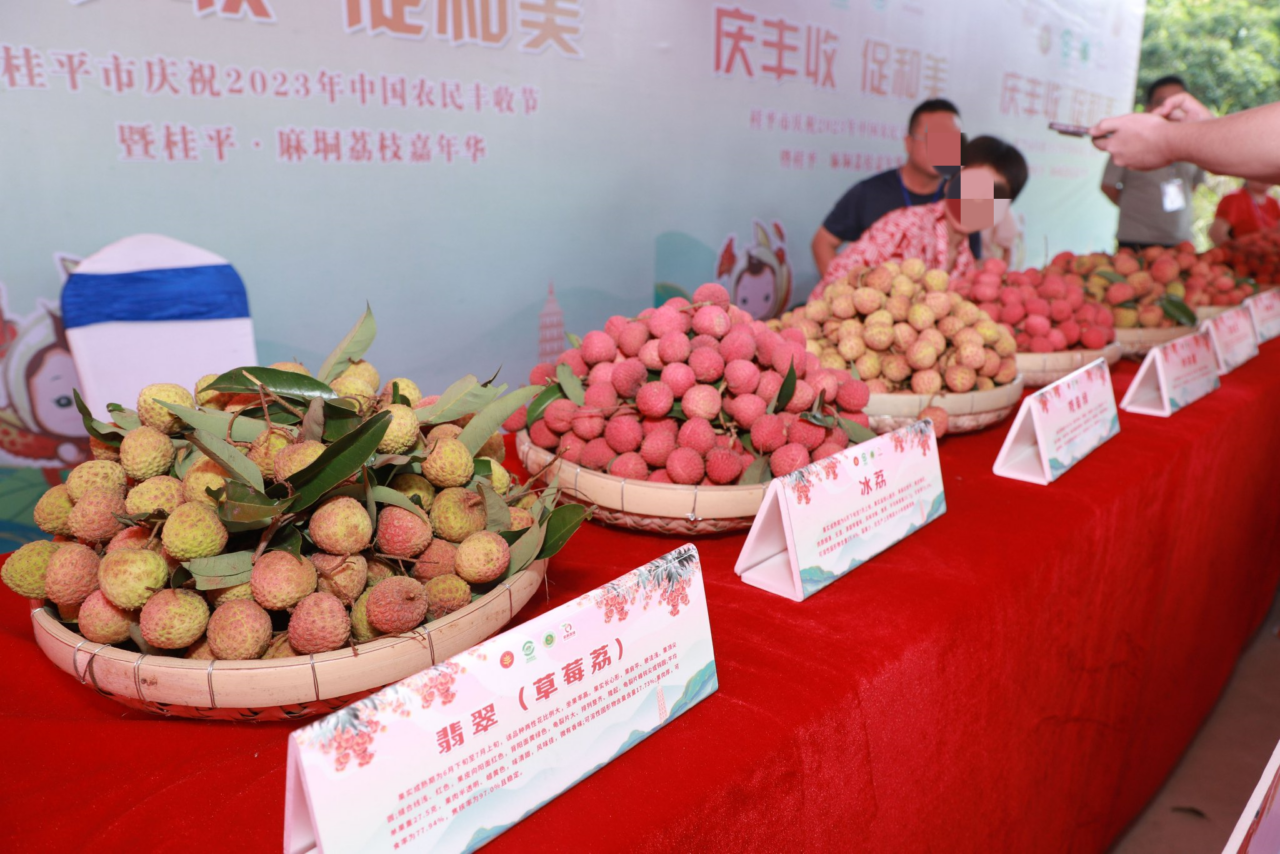
Litchi Festival
Cangwu Late-Ripening Litchi Festival
When most people think of china litchi, they picture Guangdong or maybe Hainan. But Cangwu, a quiet county in Guangxi, waits a bit longer—and that wait pays off. Litchis here ripen 10 to 15 days later than usual, and somehow, they taste deeper, maybe more concentrated. Locals say they travel better. Honestly, they just feel like they took their time to get sweet.
From July 18 to 20, this small town goes all in. They run a full weekend festival with outdoor food stalls, music, and—yes—roast chicken served with litchi sauce. The crowd? Locals, nearby farmers, random travelers who stumbled in and stayed all day. There’s no entry fee. You just show up. The litchis are fresh, the fans are paper, and someone will probably hand you a snack before you even ask.
Getting there isn’t hard. Wuzhou South is the nearest high-speed rail station, and local hotels—some now open to foreign tourists—can help with directions. Don’t expect polish. Just come ready to sweat, snack, and maybe sing along with someone’s uncle on a karaoke speaker.
Hushan Litchi in Fujian
In Yongchun, Fujian, there’s a type of late-ripening litchi that people talk about in whispers—like it’s a family recipe or secret sauce. It’s called Hushan litchi, and it’s one of the few officially recognized geographic specialty fruits in China. Small seed, thin skin, loads of juice. If you’re used to canned litchis, this will feel like cheating.
They ripen around early July, depending on the weather. The area’s perfect for slow-growing fruit: warm days, cool nights, rain that actually shows up when it should. People here say, “The later it ripens, the better it tastes.” And in this case, they might be right. You won’t find these in chain stores. You’ve got to go there, walk among trees, and try one still warm from the sun.
No big parades, no loud music. Just calm pride in a fruit that’s been grown for centuries. If you’re into quiet places and seasonal food, this is one of those detours that somehow becomes the best part of your trip.
Dongquan Village Litchi Weekend
Some festivals feel like marketing. This one feels like a backyard party that the whole town joins in on. In Dongquan, a small village in southern China, the litchi weekend on July 19–20 isn’t huge—but it’s full of small, perfect moments. No entrance fee. No schedule you have to follow. Just walk in, follow the music, and someone will offer you tea and fruit.
The morning starts with a short ceremony under the oldest trees, and by noon, it turns into a mix of folk music, litchi tasting, and long lunches under shade tents. By evening, there’s singing, dancing, and maybe a bit of rice wine if you end up at the right table. It’s not fancy, but it feels real.
They sell litchi honey, noodles, hand-carved wood spoons, even homemade jam. Not everything’s perfect. But that’s kind of the charm. It’s the kind of place where you stay longer than planned, and leave with sticky fingers and someone’s grandma waving goodbye.
Frequently Asked Questions (FAQs)
Q: Are there any lesser-known litchi varieties I should ask for when visiting China?
A: Yes, but you'll have to be a bit persistent. In places like Zengcheng or Pingnan, locals sometimes grow rare litchi types that aren't sold in big markets. You might hear names like "Black Pearl" or "Rain Tip," though not everyone calls them the same. These aren't mass-produced, and they often ripen late in the season. If you’re visiting a village or a smaller market, ask the vendor what's not for sale online. That usually gets a smile and maybe a taste. Some are sweeter, some are more floral, but most won't make it into export boxes. Honestly, trying one of those might be more memorable than any famous variety.
Q: Is it safe to bring fresh litchis back home after my trip?
A: Technically, it depends on your destination country's import rules. Most countries don’t allow fresh fruit in your luggage, especially if it's unprocessed. Even if you vacuum-pack them, customs might take them. That said, some airports in China sell processed or dried litchi products you can take home. Look for officially packed ones in sealed boxes with English labels. Those usually pass inspection. I’ve brought home dried litchi before with no issue. But the fresh ones? Just enjoy them there. They never taste the same after the flight anyway.
Q: Can I join a litchi-picking activity without speaking Chinese?
A: You actually can, and it’s easier than you'd expect. In bigger orchards near cities like Guangzhou or Maoming, staff often use translation apps or gesture-based menus. You won’t get a full English tour, but you’ll understand enough to enjoy it. Show them your phone, point to "pick litchi," and they’ll likely hand you a bag with a smile. Some even have signs in English now, especially during festivals. Worst case, just follow the crowd. It’s fruit, not a museum—no one minds if you get messy. I’ve seen travelers from Europe join family groups and end up in group photos by accident. It's that kind of vibe.
Q: Is July too late to find good litchis in China?
A: Not really—it’s actually perfect for certain regions. Early litchis hit the market in June, but places like Cangwu or Fujian have late-ripening ones that peak mid to late July. These tend to be sweeter and more stable in flavor, maybe because they’ve had more sun time. The crowds also thin out a bit by then, which helps. You can wander into markets without pushing through people. Plus, the late-season fruits often go cheaper—vendors want to clear stock fast. I’ve gotten amazing deals just by showing up late in the season and asking nicely.
Q: What’s the easiest way to tell if a litchi is fresh?
A: Look at the skin color first. It should be bright red or pinkish, not brown or dull. Then check the texture. If it's firm with a little give, it's likely fresh. Avoid soft or shriveled ones—they’re overripe. I usually sniff the stem end too. Fresh ones smell sweet and clean, like flowers or honey. Old ones smell sour or like wet cardboard. If you’re buying from a stall, don’t be shy—ask to try one. Most vendors expect it. Just smile, hold up one finger, and say "taste?" It works 90% of the time.
Q: How much should I pay for fresh litchis at local markets?
A: Prices change fast, depending on the region and time of month. Early in the season, you might see high prices—maybe 20 to 30 RMB per kilo. But by mid to late July, especially at smaller markets, that drops to around 8 to 12 RMB. That’s less than a dollar per pound. If you’re near the orchards, you might even get better deals straight from farmers. Just don’t over-haggle—locals hate it when tourists argue over pennies. I usually smile, ask “how sweet today?”, and they knock a few yuan off without asking. It's all part of the fun.
Q: Are there litchi varieties in China that you can’t find abroad?
A: Absolutely, and honestly, that’s one of the best parts about eating china litchi in China. Some varieties are just too delicate, too seasonal, or too limited in quantity to ever make it overseas. For example, Nuomici, a super-sweet, almost jelly-like variety, rarely survives shipping. Then there’s Chen’s Dragon Eye, a tiny late-season fruit locals talk about like it’s a family secret—you won’t see that in any export box. I once tried a variety called “Xian Yu”—not sure of the spelling—but it was only available for five days in one Fujian village.
Want more China travel ideas? Check out our city guides on Beijing, Shanghai, Guangzhou, and Chengdu.
